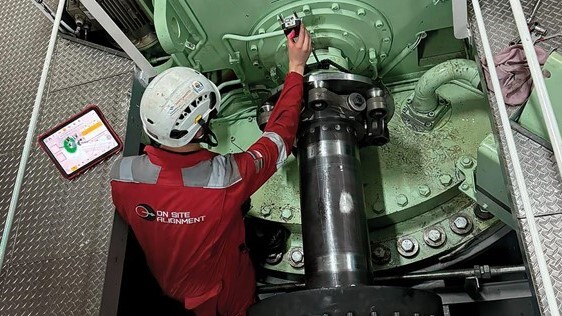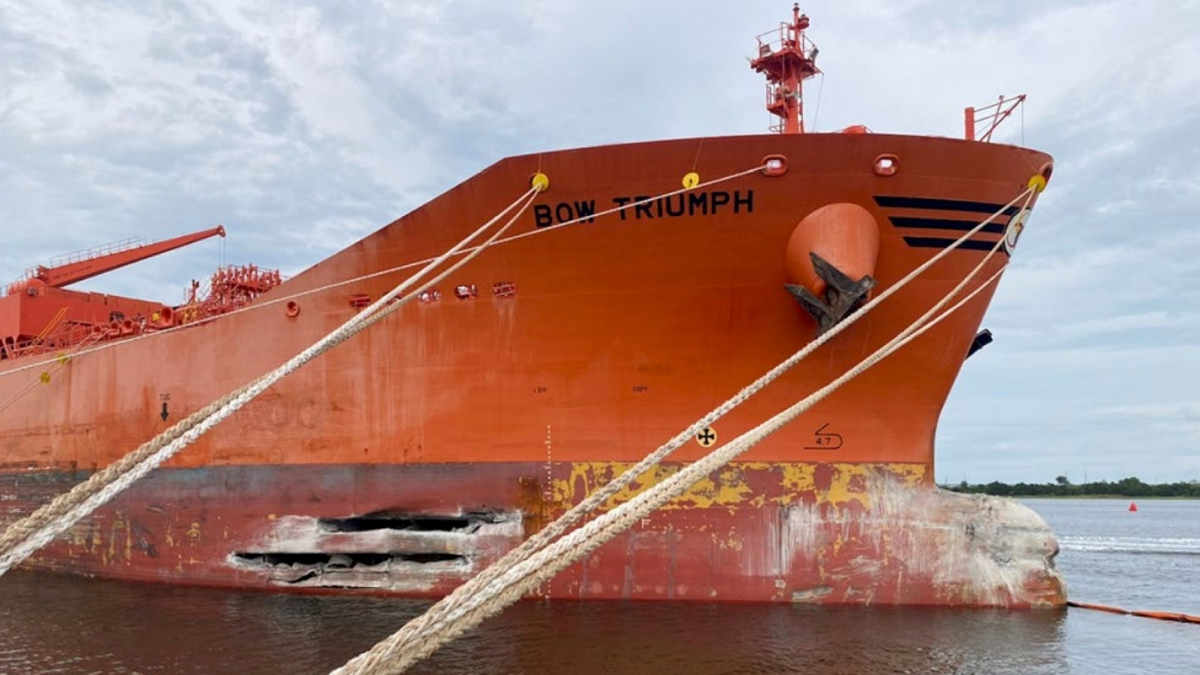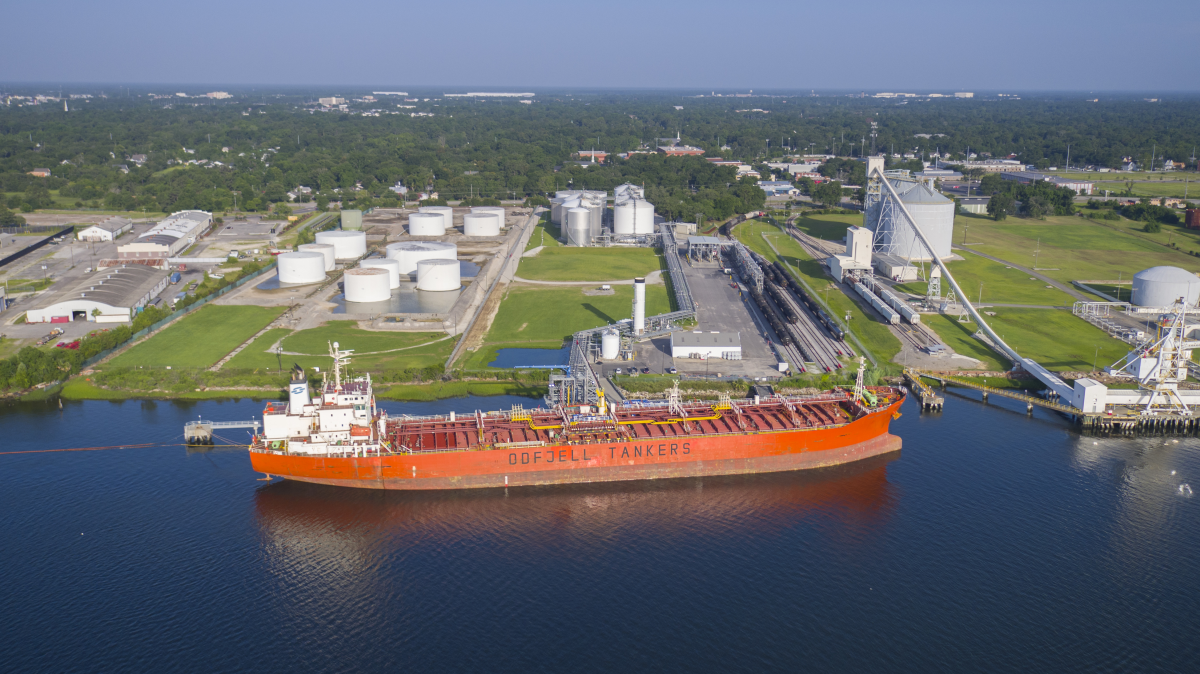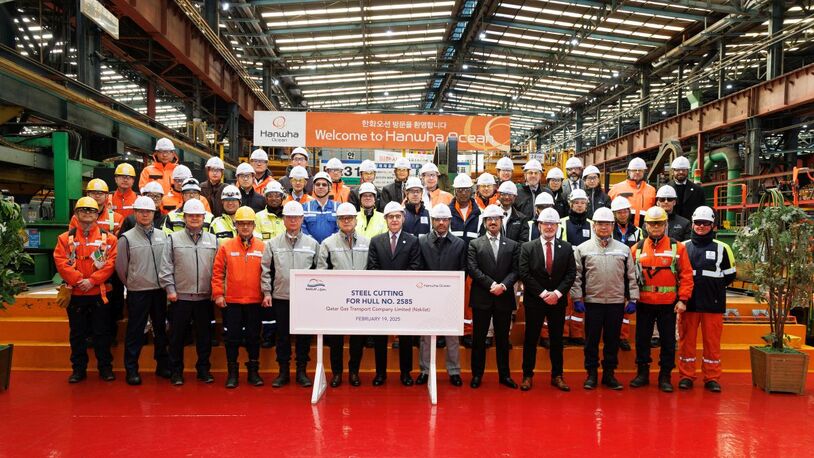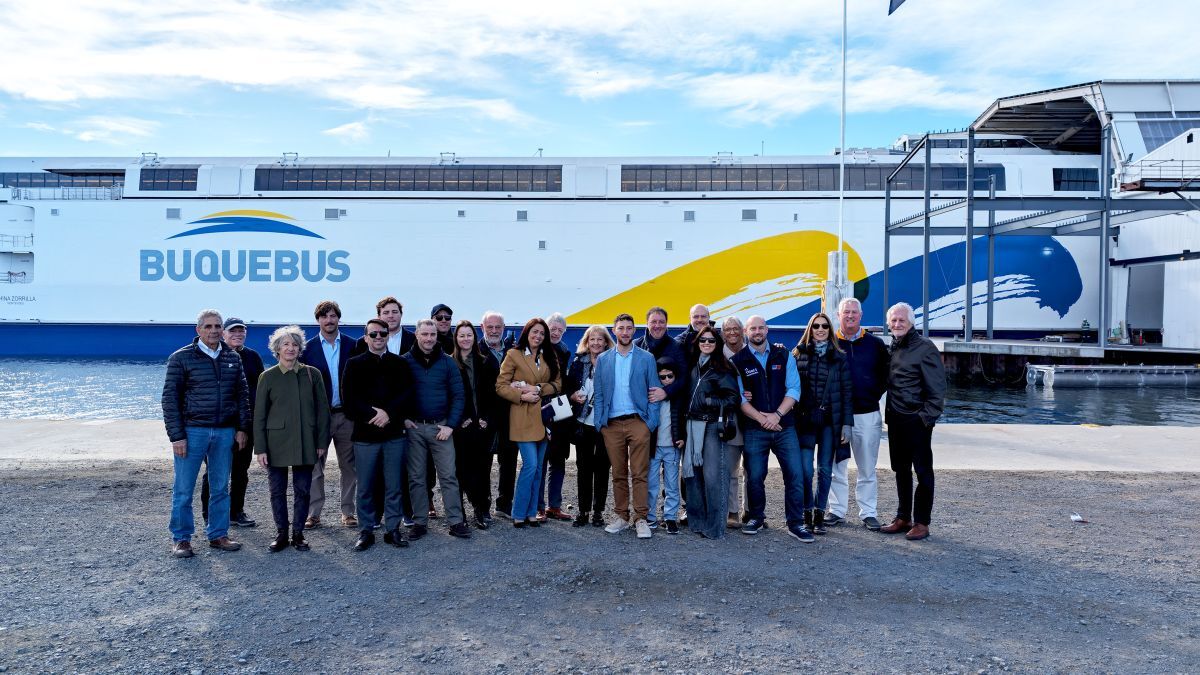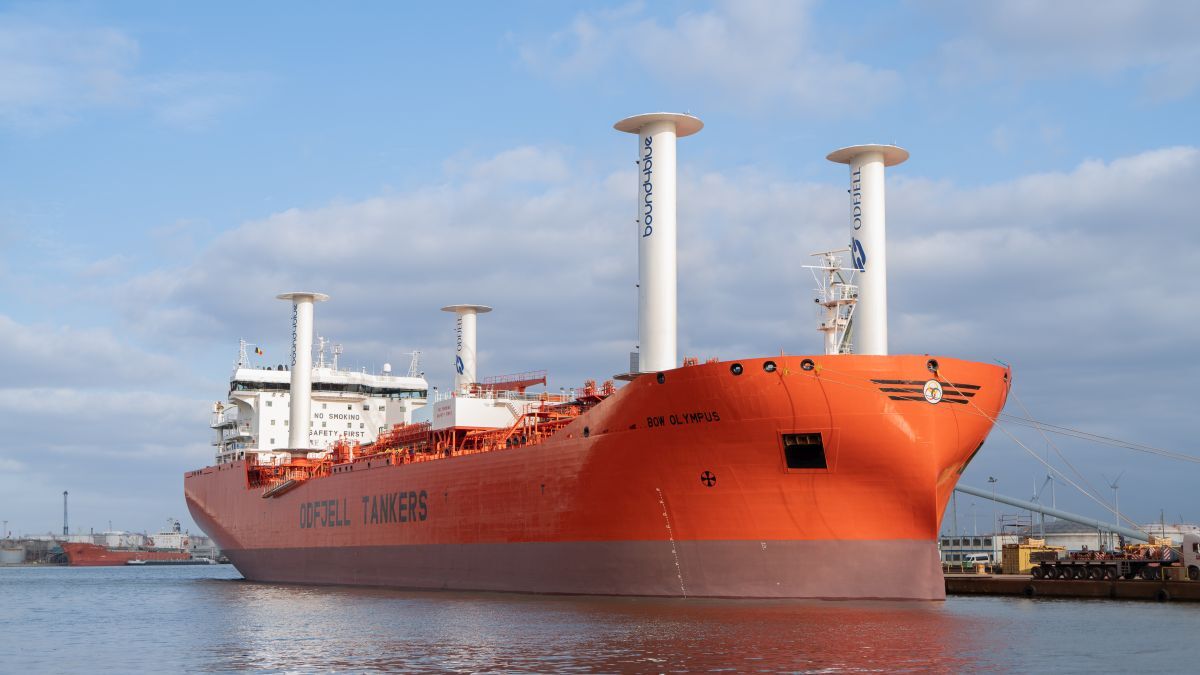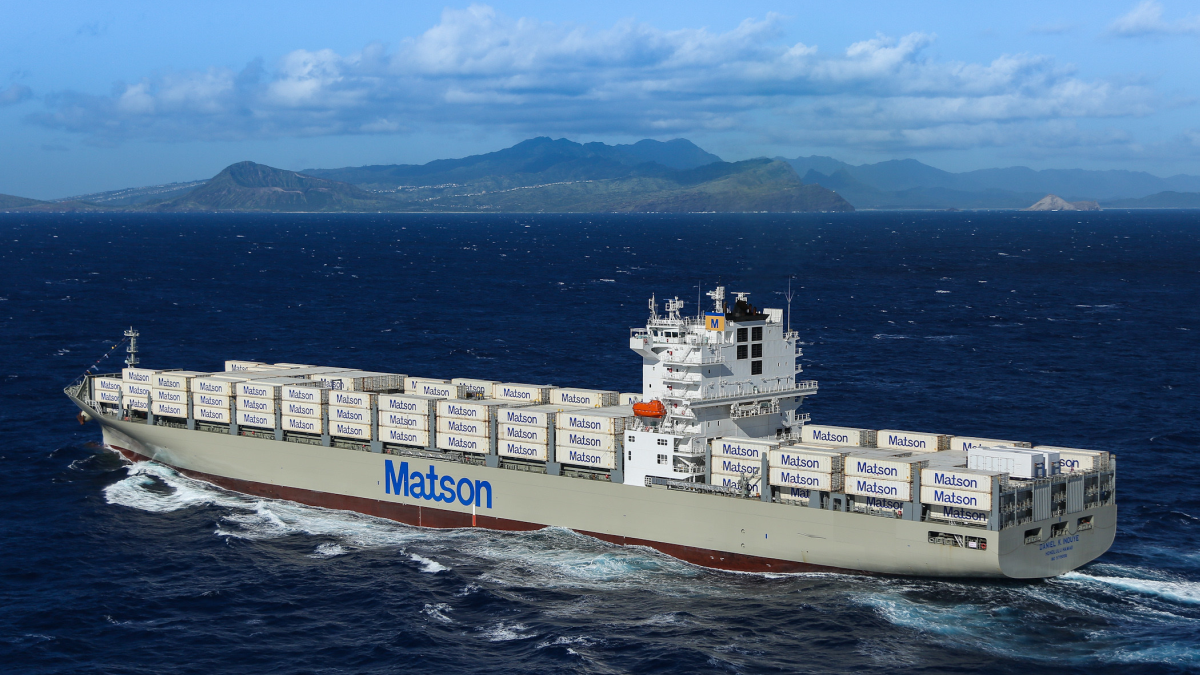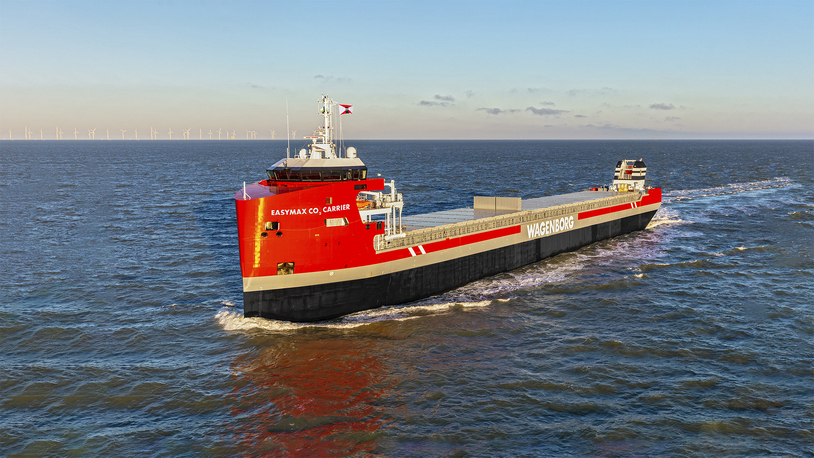Business Sectors
Events
Contents
Register to read more articles.
Treacherous turn: beware the bank effect
An NTSB report on a recent tanker accident warns of the potential dangers of the bank effect on reducing the manoeuvrability of even good-handling ships operated by veteran pilots
A veteran pilot’s decision to manoeuvre close to a bank while approaching a tricky turn on the Cooper River resulted in a 2015-built chemical tanker ramming a concrete pier in South Carolina. A report on the 2022 accident found that the pilot’s decision had caused the tanker to experience the bank effect, which could not be overcome by subsequent rudder and engine commands.
The report, issued by the US National Transportation Safety Board (NTSB) in April this year, serves as a cautionary tale to others operating on rivers that experience shoaling: beware the bank effect.
The report followed a months-long investigation by the agency into the 5 September 2022 accident involving the double-hull chemical tanker Bow Triumph. No pollution or injuries were reported, but the accident caused significant damage to the ship’s bow and collapsed a 91-m section of the Naval Weapons Station Pier B. Damages to the ship were estimated at US$2.5M and included a punctured bulbous bow and damage to side shell, frames, and stringers in way of the forepeak ballast tank and the no.1 starboard ballast tank, which compromised the watertight integrity of the hull. Costs to demolish and repair the pier were estimated at US$27M.
“I put her to port 20 again, and kicked it to full ahead to make the turn”
Owned by Goldex Fortune and commercially operated by Odfjell Management, the 49,622-dwt Bow Triumph was transiting southbound to the Odfjell Terminal after discharging cargo at the INEOS Aromatics Terminal in Wando, South Carolina when the accident occurred.
As for the vessel itself, the 183-m, tanker is fitted with a single Becker flap rudder and a fixed-pitch, right-handed turning propeller directly driven by a 10,680-kW, slow-speed MAN B&W diesel main engine. One of the most popular types of ship rudders in the world, a Becker flap rudder consists of a movable rudder with a trailing edge flap activated by a mechanical linkage. Aboard the vessel, the main rudder could achieve 45°, and the flap could move another 45°, allowing a flap angle of 90° to the ship’s centreline, according to the NTSB report.
The Cooper River has some significant bends, requiring precise manoeuvring. But as the pilot explained during his interviews with the NTSB, he had assessed the ship’s manoeuvrability, rudder and engine power on a previous turn near a submarine base that he described in his experience as the “most significant turn” on the river. He noted: “The ship came around without any discrepancies, very well managed, and very well tracked.” The pilot even commented about his previous experience with such vessels and their propulsion and steering.
“These ships that I’ve been on in my 30-year career, are extremely good-handling vessels. They have Becker rudders, which are rudders that will break at a certain area and give you more rate of turn. And their engine power is usually very, very responsive.”
But as explained by the NTSB, after navigating the ship through a right turn on the channel, the pilot steered the tanker closer to the left bank as he approached the next turn, a left turn around a bend. The manoeuvre caused Bow Triumph to experience bank effect — when a ship’s bow is pushed away from the bank and the stern is pulled toward the bank while transiting in confined, shallow waters.
“There was no indication that the ship was not going to handle properly”
“There was no indication that the ship was not going to handle properly. So, I went to mid ship for a second to ease my rate of turn, and then to…complete the manoeuvre, I put her to port 20 again, and kicked it to full ahead to make the turn, which is a normal procedure for us, especially with a ship with that type of power structure,” the pilot told investigators. What happened next, however, was “totally unexpected” and something he had “never seen before,” said the pilot. The vessel’s rate of turn was not increasing.
Hard a-port and full ahead, dropping anchor and the pilot’s other subsequent rudder and engine orders all failed to overcome the bank effect, and the tanker struck the pier on the opposite side of the river.
The pilot, Bow Triumph’s master, and bridge watch standers told investigators that there was no issue with the vessel’s steering. Investigators reviewed voyage data recorder data (audio and parametric) and found that the rudder matched orders given by the pilot up to the moment of the contact with the pier.
One of the key takeaways shared by the NTSB report was that hydrodynamic forces reduce rudder effectiveness (squat and shallow-water effect), pushing the bow away from the closest bank and pulling the stern towards the bank in the so-called ‘bank effect’.
Shoaling can reduce the water depth in shallow waters, such as channel, below chartered or expected norms, exacerbating the forces on a ship. “Bank effect can have an undesired effect on vessels, even for the most experienced ship handlers,” cautioned the NTSB, adding “pilots, masters, and other vessel operators should consider the risks in the areas known for shoaling when planning transits.”
Treacherous turn
The turn on the river has proved treacherous for other tankers, too. On 14 January 2024, the tanker Hafnia Amessi departed the INEOS Aromatics Terminal, attempted to make the same turn at the bend, and contacted Pier B. The NTSB is investigating the incident and will issue a report when its investigation is complete.
Working with stakeholders, the Coast Guard Sector Charleston Captain of the Port is looking to determine appropriate regulatory and non-regulatory long-term solutions to reduce the risk of similar incidents with Pier B. Until such long-term solutions are in place, ships that are 10,000 gross tons or more, or ships with a draughts exceeding 7.6 m, are required to employ a tethered two-tug escort while transiting the Joint Base Charleston Channel segment of Cooper River.
Related to this Story
Events
Maritime Environmental Protection Webinar Week
The illusion of safety: what we're getting wrong about crews, tech, and fatigue
Responsible Ship Recycling Forum 2025
© 2024 Riviera Maritime Media Ltd.

